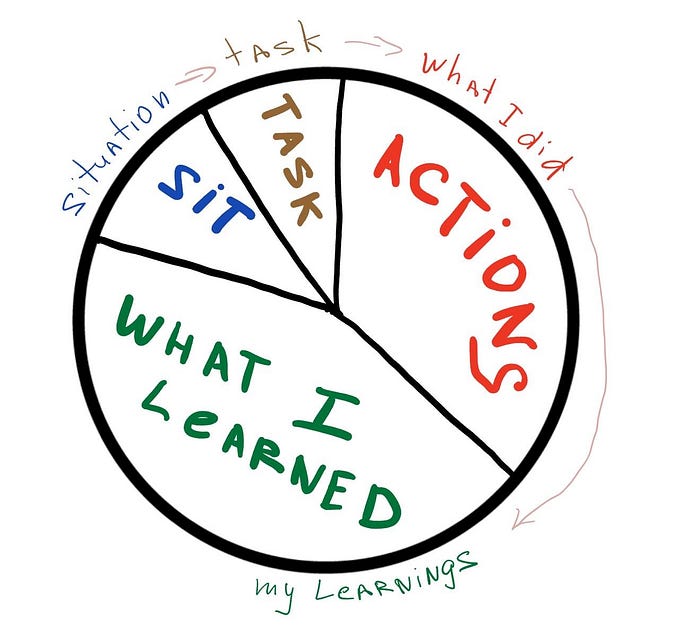Can asynchronous video interviewing reduce bias?

Full disclosure, I own a video interviewing company. So let me at-least acknowledge my own bias towards the industry as it sits.
5 years ago I had the idea on a napkin to start a video interviewing company. Visions of grandeur to solve the “broken” hiring process. My previous lawn-care company experience was going to super charge my ability to solve any problem in the business world. Little did I know the world of HR (Human Resources), TA (Talent Acquisition), and HR/TA technology already had some pretty dang smart people before my 21-year old self entered into it.
As I started pitching my idea to people at my college, local business owners, national pitch contents, and more — I kept having the same question asked. Something along the lines of, “Ok, great idea — now tell me how this affects bias, discrimination, and people out of the majority.”
Of course, I thought I had all the answers — I would spin up some crap about how bias actually had nothing to do with video and ~180% of recruiters look at linkedin or facebook before they watch the video anyways, so all the “obvious” bias had already happened. At that point, it was up to whether the recruiter had any bias that would make or break the candidate from proceeding forward or not.
Fast forward 5 years I have realized the impact that video, and specifically asynchronous video can have to not only be an efficiency tool in the hiring process, but also a tool that can help reduce bias and discrimination.
Bias happens predominately in resume reviewal (name, age (based upon years of experience), college, etc), and then most prevalent in the actual interviewing process (both phone screens, live video interviews, and in-person interviews). We spend so much time thinking about where in the process bias happens, and don’t spend much time asking ourselves about the bias of the individual. Specifically, one individual often times reviews resumes, one individual often times conducts phone screens, and one individual often times is taking notes on a zoom interview or in person interview. There is often times, little to no collaboration in the interview, and merely a consultation of other stakeholders based upon the notes that that individual took while conducting an interview. Also known as, the interview is limited by the bottleneck of that individuals perspective (biases — good and bad) on the candidates that are moving through the process. Even in a perfect process, that is broken.
That is why I am such an advocate for asynchronous video in the hiring process. Asynchronous video is also known as on-demand, one-way, or recorded video interviewing. Essentially a hiring manager or recruiter sets up pre-recorded questions, and a candidate responds to those questions on her own time.
Asynchronous video, yes is a time saver. Yes, can help remove scheduling (I told you I owned a company in this space). But more importantly (and why I am on a mission), it’s a tool for collaboration of team members in the hiring process. By inviting a candidate to complete a brief video interview, that interview can be shared, that interview can be debriefed with team members (both inside and outside of HR), and that interview can have multiple people’s perspective on it before choosing to move the candidate through the hiring process. Bias happens with one person, although not a perfect process, bias can be significantly reduced by inviting multiple people to interpret the same piece of information. In this case, an asynchronous video interview. I may also add, an asynchronous video interview doesn’t require multiple team members to be on a call, video conference, or in person interviewing.
Bias, discrimination, and inclusion are topics that are incredibly important, and the science and data have proved that the more diversified the workforce is, the better off the company is from a culture and bottom line perspective. I believe asynchronous video interviewing can be a tool that can help that discussion, help reduce bias, help teams collaborate, and help companies bring the right talent into their organizations. Most importantly, I think asynchronous video can give candidates an opportunity to shine without being written off by the perspective of a single recruiter. Let’s change the way we think about video and bias.







